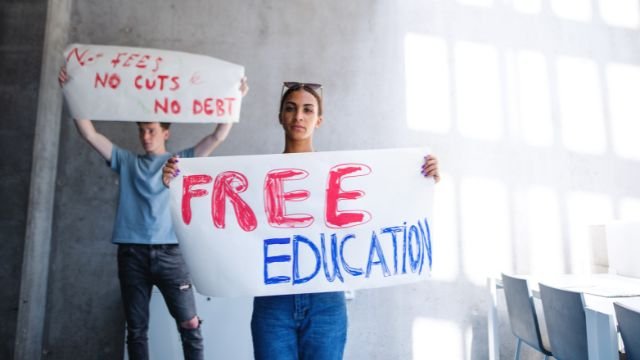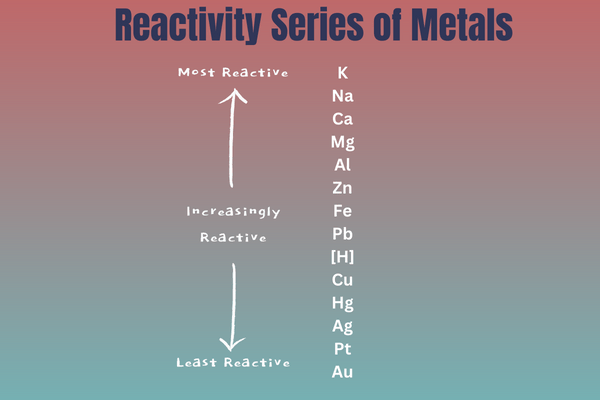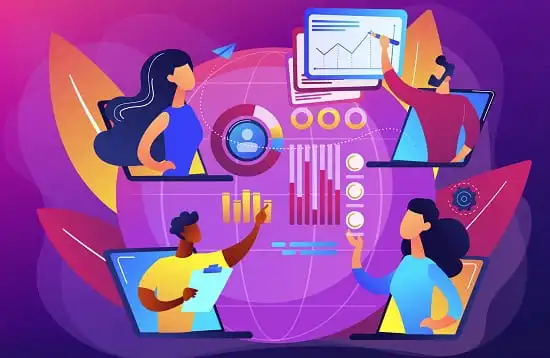Free education, promoted as a means to social development and equality, has been introduced worldwide. Free education aims to make learning accessible to all socioeconomic groups. While free education offers benefits, it also has problems. This article will examine the pros and cons of free education to better comprehend this complicated subject.
Quality education is another aspect of free education. Insufficient financing may lead to overcrowded classrooms, outmoded resources, and underpaid teachers. These restrictions may lower education quality, effectiveness, and potential.
Free education systems also face resource allocation issues. The lack of financial constraints may cause some students to join without a real interest in learning, squandering resources. Overcrowding, especially in elementary and secondary schools, may strain educational infrastructure, making learning difficult.
Advantages of Free Education:
1. Equal Access to Education
Free education guarantees equal access to education, which has several benefits. The most important is that it provides learning opportunities to everybody, regardless of income. This crucial component of free education reduces educational disparity and promotes social mobility. Free education brings higher education to everyone by removing financial obstacles for underprivileged students.
2. Increased Enrollment
Enrollment rose sharply after free education. Many families avoid school or college due to high fees. However, free education encourages more students to study, creating a more educated and talented workforce. A well-educated population drives economic growth and creativity, which advances civilization.
3. Reduced Financial Burden
Free education also helps students and families financially. Due to the high expense of school, students must either take out large student loans or work long hours. Financial stress might impact their academic performance and learning engagement. Free education lets students focus on their academics and academic performance without debt or job pressure.
4. Higher Quality of Life
Education improves individual and societal quality of life. A well-educated populace has several advantages, improving quality of life. These benefits include enhanced employment, healthcare access, and educated decision-making that benefits people and the community.
5. Economic Growth
Higher career chances and earnings are one of the main benefits of schooling. Education enhances the probability of getting well-paying jobs, improving financial stability and quality of life. Better economic prospects enable better housing, healthcare, and other necessities.
6. Reduced Income Inequality
Education gives people the information and skills to make health, financial, and life decisions. This helps people live healthier and improve their communities. Informed decision-making may cascade to healthier, wealthier communities.
7. Enhanced Social Cohesion
Free education boosts macroeconomic growth and innovation. A well-educated workforce drives economic growth. Accessible education creates a more skilled and productive workforce. This boosts economic development, corporate attraction, and global competitiveness. Education boosts the nation’s economy by fostering creativity and technology.
Another benefit of free education is reducing economic disparity. Free education may help society distribute wealth and resources by giving low-income students equal access to excellent education. This minimizes the wealth gap, creating a fairer, more just society where everyone may flourish.
Disadvantages of Free Education:
1. Financial Sustainability
Financial sustainability is crucial for free education. Education without financial restrictions is admirable, but maintaining it is difficult. Free education requires a large government investment, which might strain public resources.
2. Quality of Education
First, free education strains government finances. School funding, teacher wages, infrastructure construction, and other educational costs are significant. This financial commitment might cause fiscal deficits if mismanaged. Education may take up a large percentage of government expenditures, limiting money for healthcare, infrastructure, and social welfare. Thus, resource distribution may impact national budget funding.
3. Resource Allocation
Governments may raise taxes or cut other vital services to pay free education. Raising taxes may be controversial with taxpayers. Taking money from other sectors may also underfund important services, lowering residents’ quality of life. Finding the correct balance between free education and national financial stability is difficult and continual.
4. Overcrowding
Another factor in free education is quality. While education should be available to everyone, limited finance may lower quality. Overcrowded classrooms with unacceptable student-to-teacher ratios may arise from inadequate financing. Personalized attention and good education might suffer.
5. Dependency on Government
Limited financing might also lead to outdated teaching materials. Not having the newest textbooks, technology, or teaching aids might hurt the educational experience and put pupils at a disadvantage compared to those in well-funded schools.
6. Potential for Abuse
Financial restrictions might sometimes lead to underpaid instructors. When teachers are underpaid, teaching quality might suffer. Motivation may drop, making it harder to hire and retain talented teachers.
7. Unequal Access to Quality
Resource distribution is crucial in free education. When education is free, students may not feel motivated to study. Some students may consider school as a formality rather than a meaningful opportunity for personal and intellectual progress. As schools spend time, effort, and money in disengaged children, they squander resources.
8. Issues with Overcrowding
Free education may lead to overcrowding, particularly in elementary and secondary schools. Educational institutions may overcrowd when financial obstacles are removed and more students enroll. The burden on infrastructure makes it hard to maintain a good learning environment. Overcrowded classrooms make it hard for instructors to meet children’ different needs.
Additionally, free education systems might become too dependent on government financing and resources. Government money is crucial, but overreliance may hinder education innovation and private sector engagement. This dependency may stagnate education by preventing alternative financing and innovation.
9. Risk in the system
Abuse is possible in free education systems. Multiple program or degree enrollment without desire to finish may be exploited by some. This may strain resources and restrict access for dedicated students. Abuse may disrupt resource allocation and efficiency.
Despite the objective of equal access to learning, free education may nonetheless have quality discrepancies. Urban and wealthy locations have better-funded institutions, resources, and infrastructure, whereas rural and impoverished places may have poor educational facilities. Even under a system that eliminates financial obstacles, this gives uneven access to excellent education.
Conclusion:
Free education has pros and downsides that should be considered. On one side, it might help eliminate financial obstacles to education and create a more educated and egalitarian society. Instead, free education raises complex issues of financial sustainability, instructional quality, and resource allocation. The success of free education depends on careful planning, proper money, and a commitment to high educational standards.
Free education democratizes access to learning, making it a right for everyone, according to proponents. Free education eliminates financial barriers, reducing educational gaps and creating a fairer, more inclusive society.
Free education has challenges in practice. System financial sustainability is crucial. Government investments are needed to offer free education. This may strain state budgets, resulting in budget deficits, higher taxes, or money reallocation from other important sectors. Financial planning and resource management are needed to balance free education with budgetary restraint.

Rahul Kumar is a passionate educator, writer, and subject matter expert in the field of education and professional development. As an author on CoursesXpert, Rahul Kumar’s articles cover a wide range of topics, from various courses, educational and career guidance.




